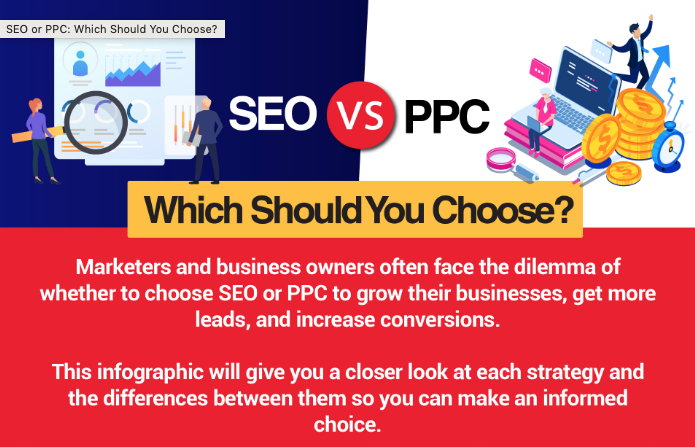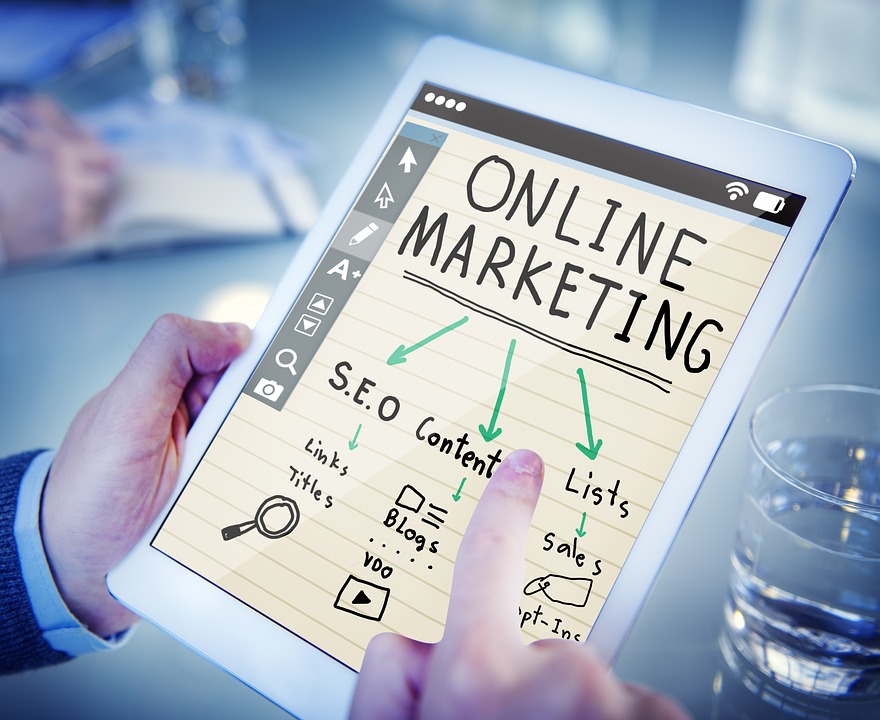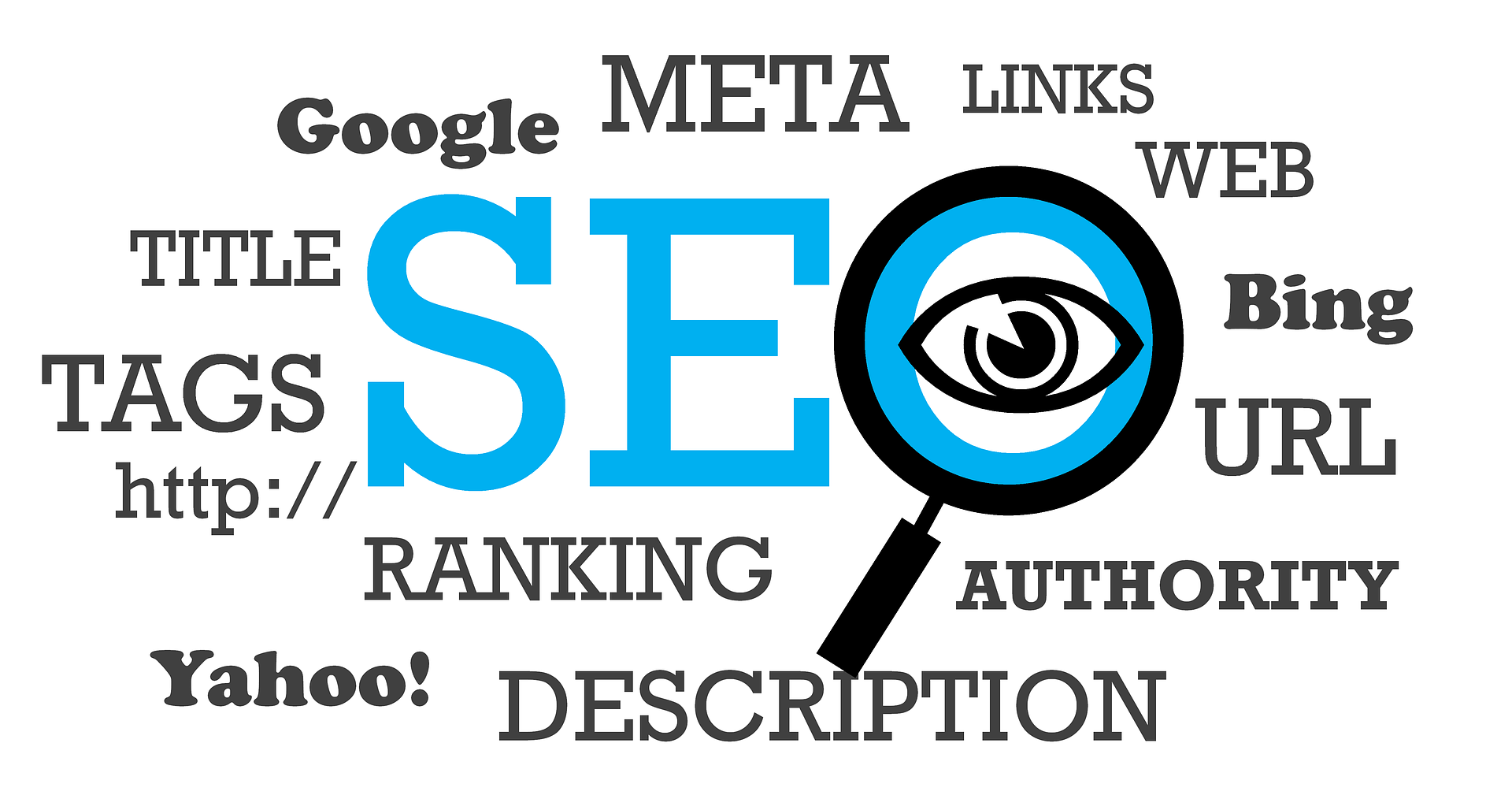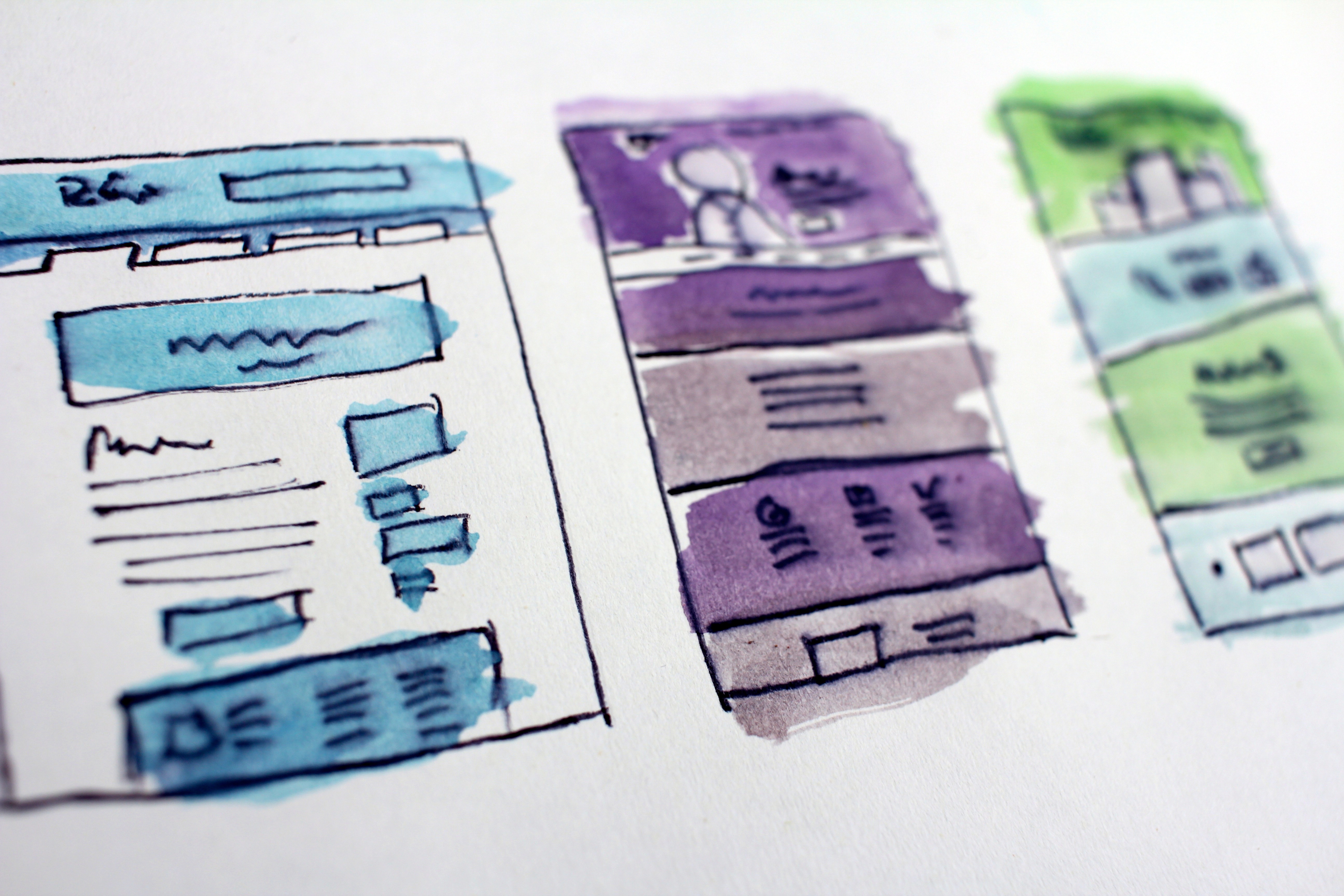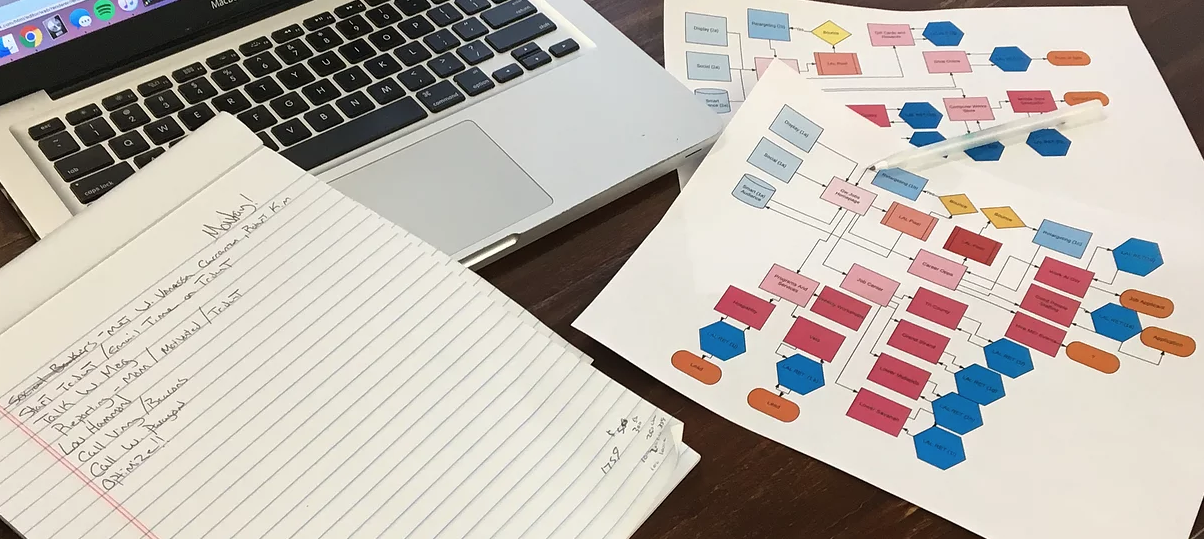SEO or PPC – Which One Should You Choose?
May 17, 2019
Why Your Law Firm’s Google Search Ads Aren’t Working
April 26, 2019
How Understanding Searcher Intent Helps You Rank Higher
November 22, 2018
Comparing Facebook & Google Ads Auction
September 20, 2018
Advertisers demand a clean up of ‘the digital swamp’
June 20, 2018
Strategic Digital Advertising Technology
May 24, 2018
